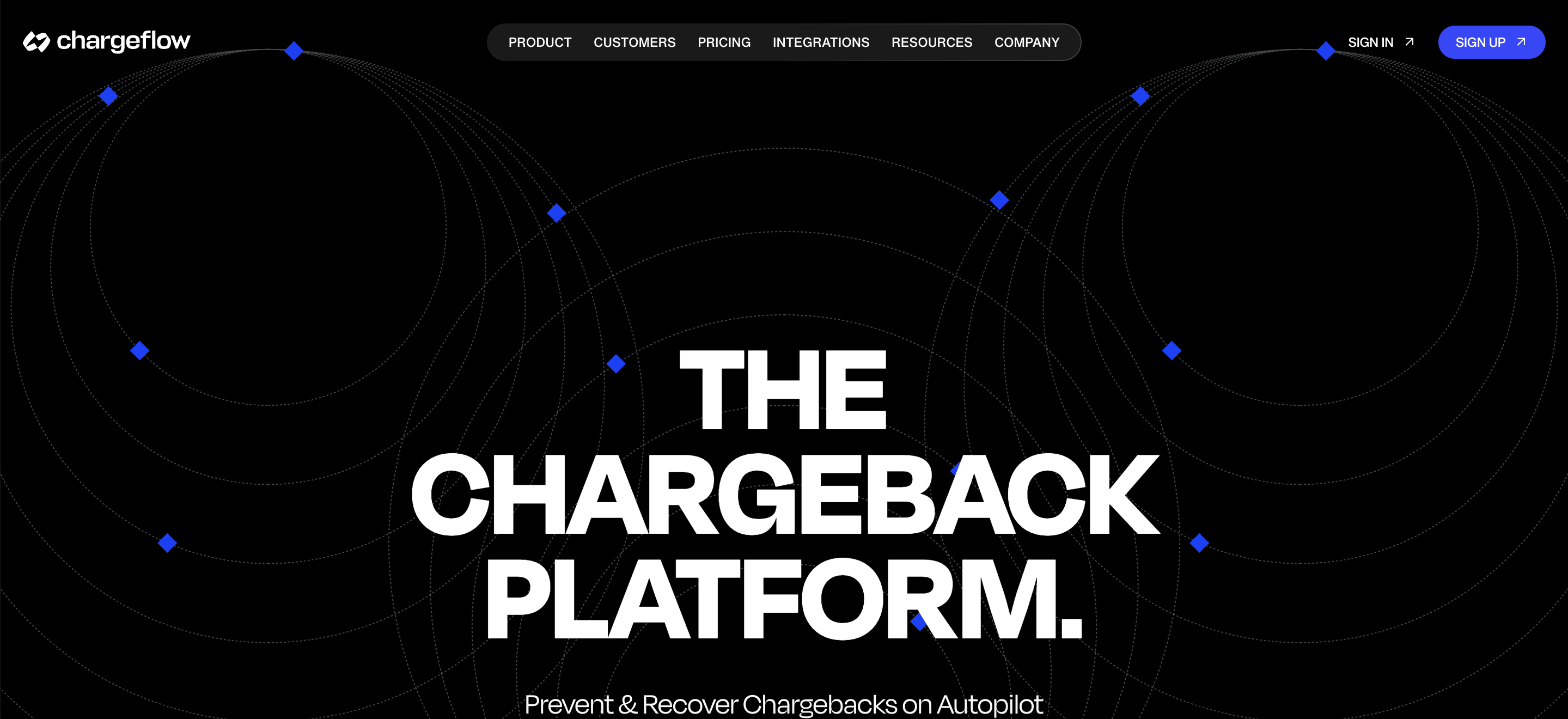
Marketing
Why are reviews important for your retail store?
Reviews guide customers as they make choices, foster trust, and can even give sales a significant lift. If your clothing...
How to Handle Shopify Chargebacks and Disputes like a Pro?
Dropshipping

Customers sometimes dispute charges on their credit cards, leading to what's known as a chargeback. Shopify facilitates the process, but banks have the final say in these matters.
There are various reasons why a customer might initiate Shopify chargeback, such as fraudulent transactions, missing packages, incorrect orders, or issues with billing.
Many people wrongly assume that chargebacks are solely the result of fraud. The truth is, plenty of disputes stem from misunderstandings, buyer's remorse, or shipping delays.
Even reputable businesses with excellent customer service can find themselves dealing with chargebacks, which underscores the importance of being well-prepared to handle them efficiently.
Check out: The Ultimate Shopify Dropshipping Guide
A Shopify chargeback is when a customer asks their bank to take their money back after buying something from a store.
This can happen if they didn’t get what they expected, think the purchase was a scam, or didn’t recognize the charge. Shopify helps retail store owners deal with these situations.
After looking into the situation, the bank will then make a final decision about whether the customer should get a refund or if the money should go back to the seller. There are lots of reasons why a customer might dispute a charge.
Maybe there was a problem with fraud, or maybe they never received what they ordered, or maybe what they got wasn’t what they expected.
While these chargebacks are designed to help customers, they can be a real headache for businesses, causing them to lose money, pay extra fees, and potentially have problems with their ability to process payments.
Refunds and chargebacks are two different things. A refund is when you decide to give the customer their money back, but a chargeback is when the customer’s bank forces the issue.
Chargebacks can lead to additional fees and, if they occur too frequently, could put your Shopify Payments account at risk. On the flip side, refunds can help keep customers happy and give you a chance to handle things before they turn into a full-blown dispute.
Some customers might think that getting a chargeback is simpler than asking the seller for a refund. By teaching customers about your clothing store’s refund policy and making the return process straightforward, you can greatly lower the chances of chargebacks. The quicker you can sort out a problem directly with a customer, the less likely they are to go to their bank about it.
Stopping chargebacks before they start is the best approach. Being clear about your products and setting transparent policies will help manage customer expectations. Detailed descriptions, accurate images, and honest communication prevent confusion.
When a customer disputes a charge and files a chargeback, Shopify will let you know and ask for your side of the story.
It’s really important to jump on this quickly. Start by carefully reading through the customer’s claim so you understand exactly why they’re disputing the charge.
Next, gather up any evidence you have that supports your case, like order confirmations, tracking details, and any emails or messages you’ve exchanged with the customer.
Shopify has a special tool built right in for responding to chargebacks, so make sure to use that to present your evidence. Keep in mind that banks can take up to 90 days to make a final decision, so stay on top of things and keep track of what’s happening with the case.
Whether or not you win a chargeback dispute comes down to how strong your evidence is. Having solid proof that an order was shipped and delivered definitely helps your case.
You can also boost your argument by showing screenshots of the product listing, your conversations with the customer, and any fraud analysis you’ve done. Simply put, the more documentation you can provide, the higher your chances of winning.
To illustrate, consider a Shopify clothing store that was hit hard with chargebacks because of slow shipping times. They managed to cut their chargebacks by half in just three months by giving customers real-time tracking updates and requiring signatures for pricier items.
Taking proactive measures like this can make a difference in defending yourself against disputes and avoiding similar losses down the line.
Even if you’ve won disputes in the past, it’s still super important to stay on top of chargebacks. A clear, recognizable billing descriptor helps customers immediately understand what the charge is for.
If you can encourage customers to reach out to you directly before they go to their bank, you’ll have a chance to sort things out directly.
And, for those higher-risk transactions, like ones with different billing and shipping addresses, it’s crucial to take a closer look to prevent potential fraud.
Shopify provides tools to help merchants handle chargebacks efficiently. Chargeback Protection for Shop Pay orders covers eligible transactions, while third-party apps like Chargeflow and Midigator assist with dispute management.

Some businesses even opt for chargeback insurance to safeguard against excessive losses. Choosing the right tools depends on your fashion store’s needs and risk level.
Every online clothing store deals with chargebacks, but they don’t need to be a total headache. You can actually protect your business and keep things running smoothly by preventing disputes before they happen, responding to them strategically when they do, and taking advantage of tools like those offered by Shopify.
It really boils down to being prepared, keeping good records, and providing excellent customer service. By being proactive, you can minimize those pesky chargebacks, save some cash, and make your customers happier.
What is dropshipping?